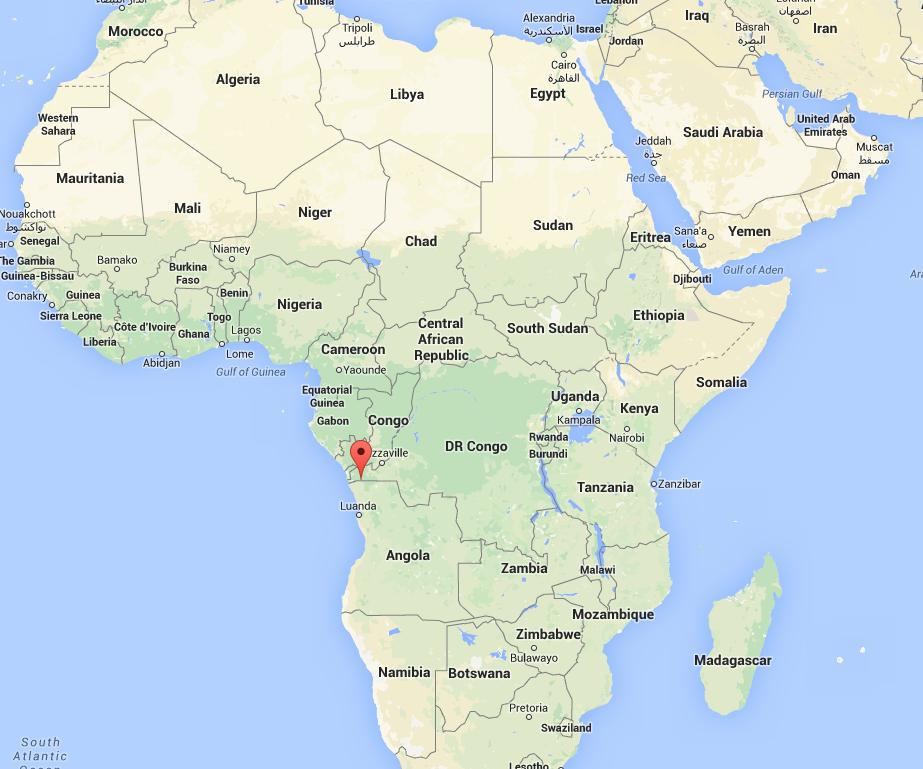A Roman Coin in the Congo! February 10, 2015
Author: Beach Combing | in : Ancient , trackbackRoman coins turn up in the wildest places: Sri Lanka, Ethiopia, Iceland… But who would have ever guessed the discovery of a Roman coin in sub-equatorial western Africa? The reference was first given Italian Rivista of Numismatica (vi, 1893, 45). However, the passage quoted here is a digest from Mouvement Géographique (26 Nov 1893):
En creusant le sol pour les fondations d’un nouveau magasin à établir sur le promontoire élevé appartenant à la Société du Haut-Congo, entre Matadi et le ravin Léopold, le mécanicien Ragheno a fait une curieuse trouvaille. A un mètre de profondeur, sous une couche de copal fossile, ses ouvriers ont mis au jour une petite pièce romaine, en argent à l’effigie de l’empereur Trajan. Le directeur Parminter, à l’annonce du fait, a immédiatement fait surveiller lès opérations de déblais; mais aucun autre objet n’a été trouvé.
While digging the ground for a new shop on the high bluff belonging to the Société du Haut-Congo between Matadi and the Léopold Ravine [about three kilometers apart], the engineer [?] Ragheno made a curious discovery. At a metre of depth, under a layer of fossilized copal (tree resin), his workers discovered a small Roman coin, in silver with the effigy of the Emperor Trajan. The director Parminter, on this being announced, immediately had a survey of the spoil from the diggings, but nothing else was found.
This is not quite the end of the story. A. Mahieu in some pages Beach has from Numismatique du Congo (which would be an interesting book to read properly…) describes how the coin was sent to Belgium. There one Camille Picqué recognized the head not of Trajan but of Hadrian crowned with laurels with the inscription IMP CAESAR TRAIAN HADRIANUS AUG and liberty carrying laurel and a scepter with the legend PM TR P COS III on the reverse. It goes without saying that the best eyes on the ground in Africa read Traian and had come to an erroneous but understandable conclusion. Still we are left with the problem of a Roman coin in a place where it might not reasonably be expected. Silver has a value in central Africa as it does in the Mediterranean, so there was every reason for keeping and treasuring the coin. But how many hands did it pass through to make its way down to the Congo river? And what did the Congolese traders make of this strange fragment from another world? Or was Mr Ragheno less than honest…
Other out of place coins: drbeachcombing AT yahoo DOT com
Bruce T writes, 30 Jun 2016, ‘We’re talking about the region of the Kingdom of The Kongo, where the Portuguese began trading and proselytizing in the 1470’s. I suspect this is the origin of the coin Specie was short in the European colonies and trading emporiums. Some families in Colonial America had and occasionally used Roman gold/silver coins as either security for a loan, or as part of a large transaction that mere trading of commonly produced goods weren’t considered sufficient for. The Congo site sits close to the head of navigation on the river of the same name for ships entering from the sea and at a high point on the route from the gorge and falls. My guess is it was part of transaction for a load of ivory or slaves from the Kongo merchants and dropped on the spot, sinking due to it’s weight to the spot it was dug up at four centuries later.



